Picture this: you’re about to squash a spider when it suddenly freezes, seemingly looking right at you. In that split second, you might wonder – is there something going on behind those tiny eyes? This question has puzzled scientists for decades, and the answer might surprise you more than you’d expect.
The Consciousness Puzzle That Started It All
When researchers first began studying insect behavior in the 1960s, they assumed these tiny creatures were essentially biological robots – programmed to respond to stimuli without any real awareness. But then something extraordinary happened during a routine experiment with honeybees.
A bee, separated from its hive, began displaying what could only be described as problem-solving behavior. It wasn’t just following pre-programmed responses; it was adapting, learning, and seemingly making decisions. This single observation sparked a revolution in how we view the minds of insects.
What Consciousness Really Means
Before we dive deeper into insect minds, we need to understand what consciousness actually means. Scientists generally agree that consciousness involves subjective experience – the feeling of being aware, of having sensations and emotions. Think of it like the difference between a security camera recording footage and actually watching that footage with understanding.
For humans, consciousness includes self-awareness, the ability to reflect on our own thoughts, and the capacity to experience qualia – those hard-to-describe qualities like the redness of red or the pain of a pinprick. But consciousness isn’t all-or-nothing; it exists on a spectrum, and insects might occupy a unique spot on that continuum.
The Surprising Intelligence of Honeybees
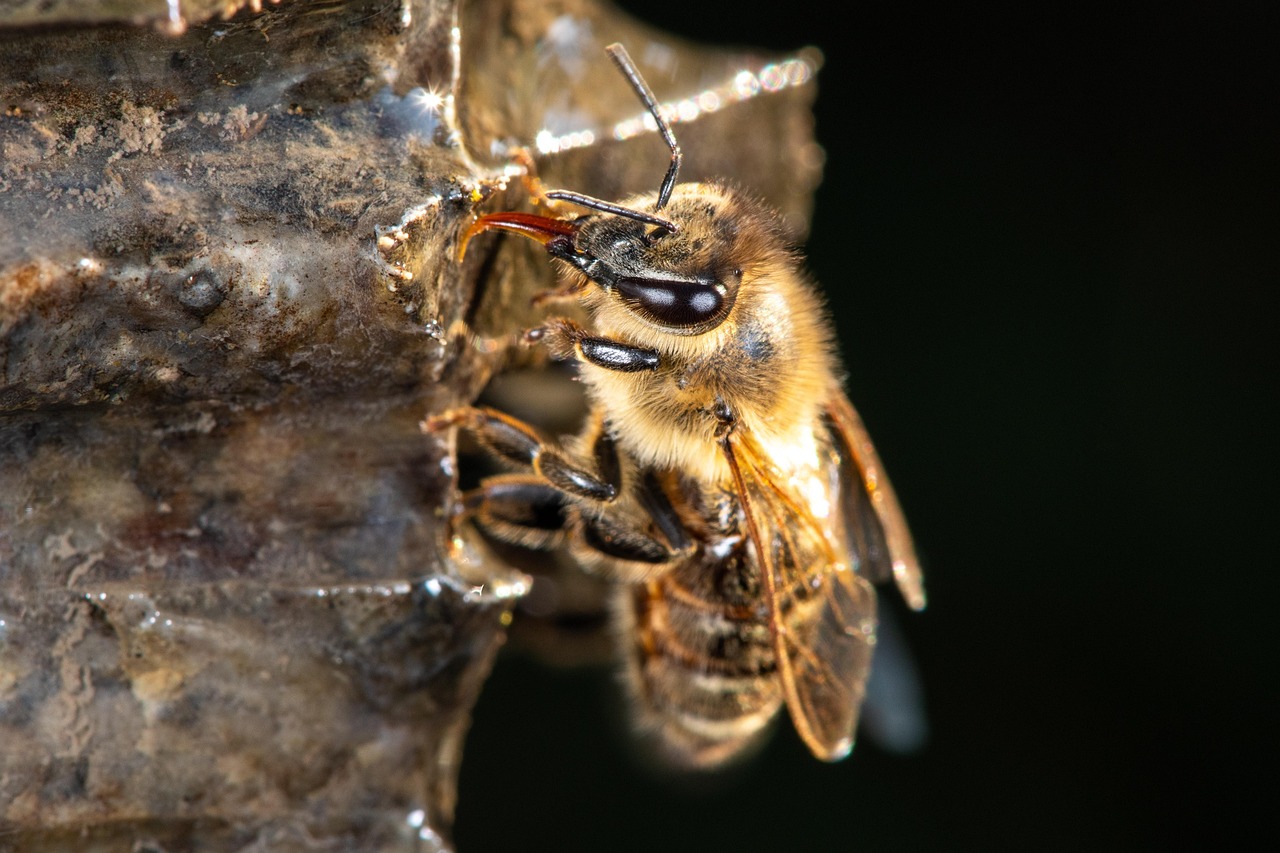
Honeybees have become the poster children for insect intelligence, and for good reason. These remarkable creatures can learn abstract concepts, recognize human faces, and even count up to four. They possess what scientists call “working memory” – the ability to hold information in their minds while using it to solve problems.
Perhaps most astounding is their capacity for metacognition – thinking about thinking. When faced with a difficult task, bees will sometimes hesitate, as if weighing their options. They can also learn from watching other bees, suggesting a form of social learning that was once thought to be uniquely human.
The Mysterious Case of Jumping Spiders
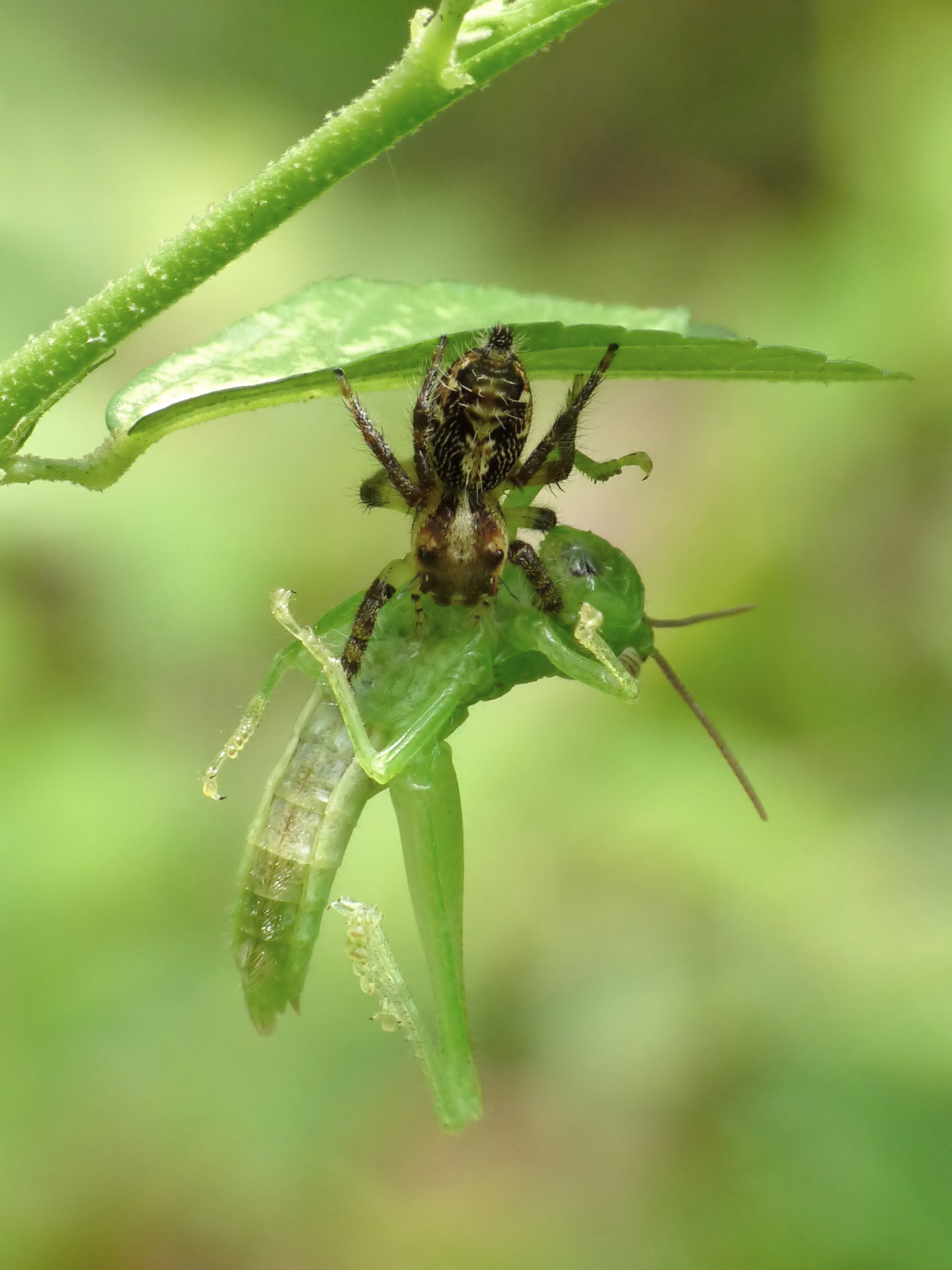
If bees are the intellectuals of the insect world, jumping spiders are the strategists. These tiny predators plan complex hunting routes, often taking detours that require them to lose sight of their prey for extended periods. They seem to hold a mental map of their environment, updating it as they move.
Research has shown that jumping spiders can distinguish between different types of prey and adjust their hunting strategies accordingly. They’ve even been observed engaging in what appears to be play behavior – a trait long considered a hallmark of higher consciousness.
Ants and Their Collective Awareness

Individual ants might seem simple, but collectively, they create something that looks remarkably like a superorganism with its own form of consciousness. Ant colonies can make complex decisions, adapt to changing environments, and even engage in agriculture and warfare.
What’s particularly fascinating is how individual ants seem to understand their role within the larger collective. They can assess the needs of the colony and adjust their behavior accordingly, suggesting a form of awareness that extends beyond themselves.
The Neuroscience Behind Tiny Brains
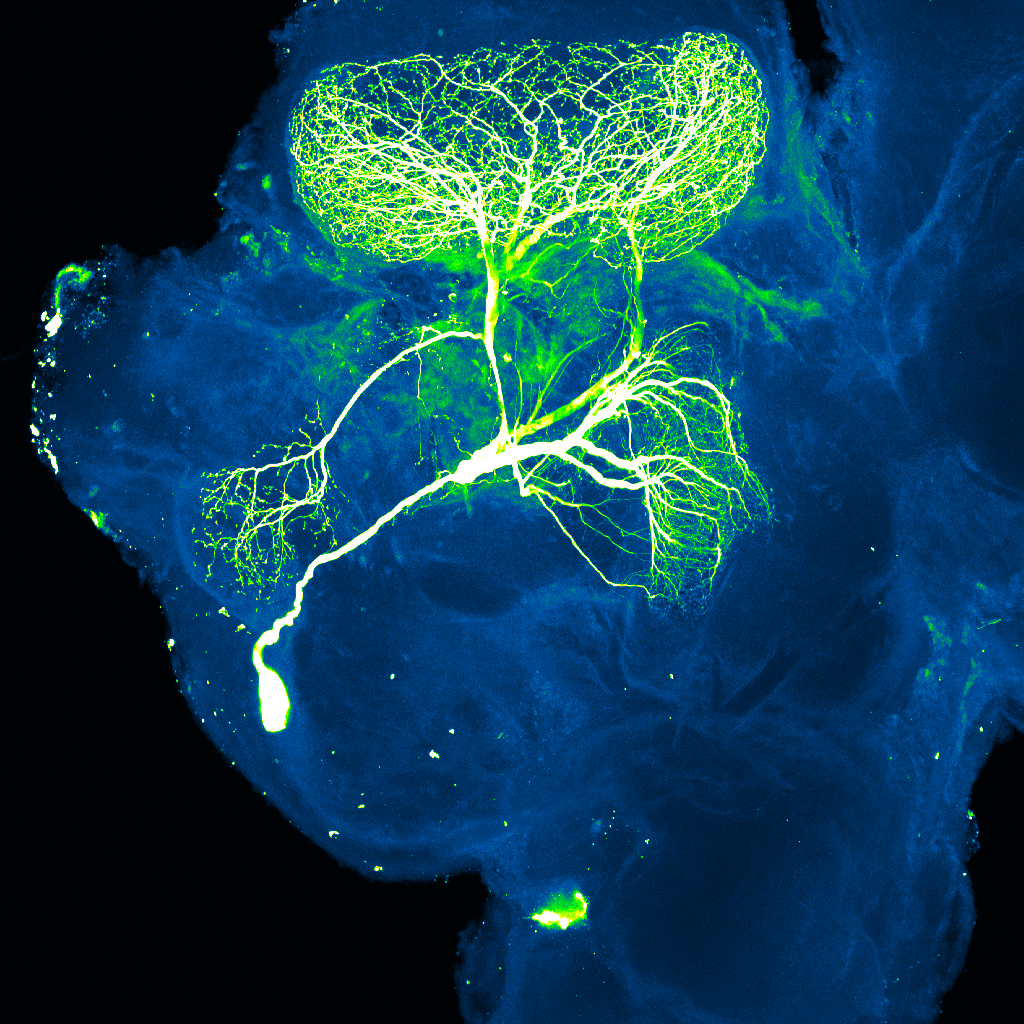
Despite having brains smaller than a pinhead, insects possess remarkably complex neural networks. A honeybee’s brain contains about 960,000 neurons – far fewer than humans, but arranged in incredibly efficient patterns. These neurons are packed with specialized circuits that process sensory information, store memories, and coordinate behavior.
Recent studies have revealed that insect brains contain structures analogous to regions associated with consciousness in mammals. The mushroom bodies in insect brains, for instance, appear to integrate sensory information and form memories much like the hippocampus in human brains.
Sleep and Dreams in the Insect World
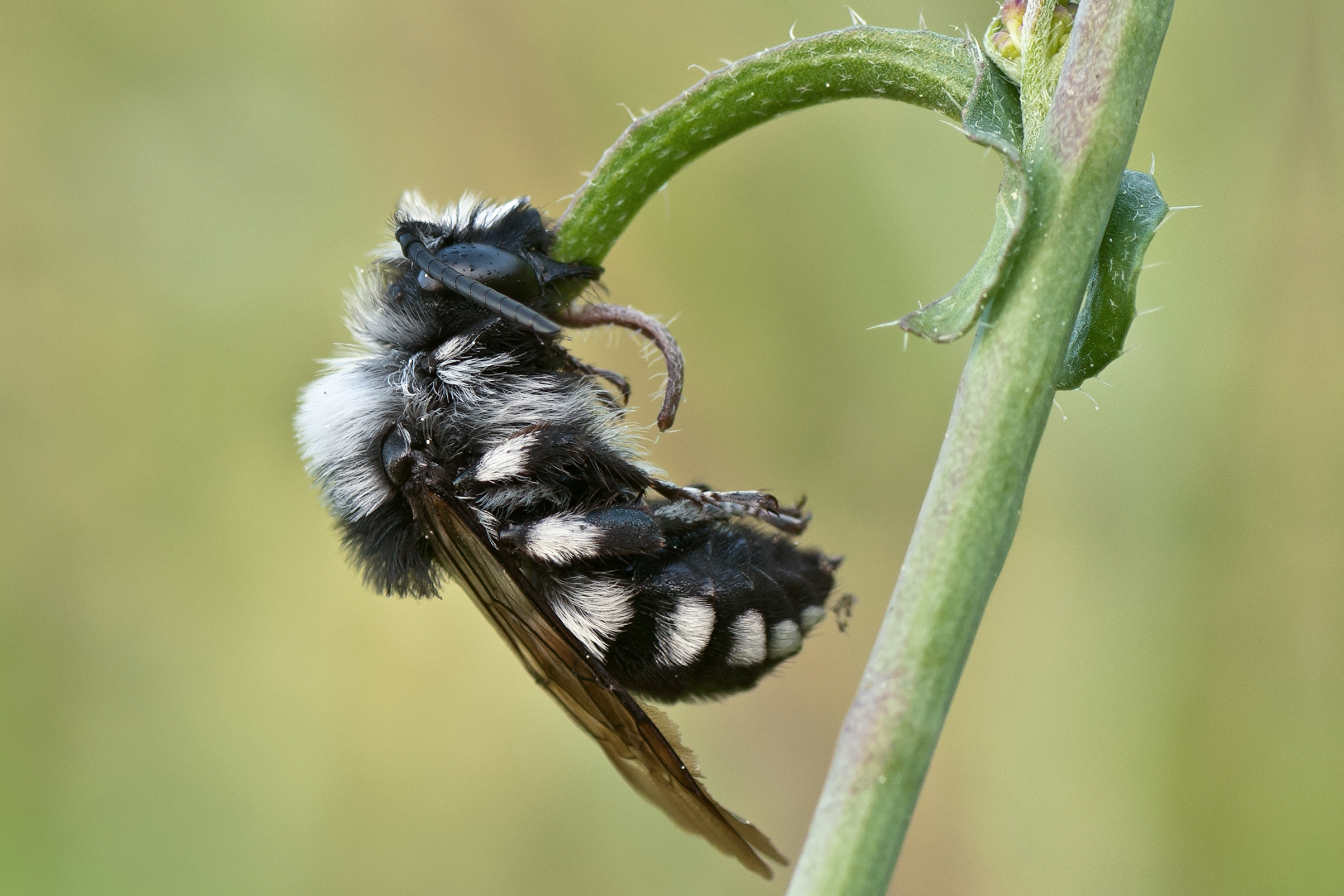
One of the most compelling pieces of evidence for insect consciousness comes from sleep research. Insects don’t just rest – they exhibit genuine sleep states with distinct patterns of brain activity. Fruit flies, for example, show sleep rebound when deprived of rest, suggesting that sleep serves a restorative function.
Even more intriguingly, some insects appear to dream. Researchers have observed rapid eye movements and neural activity patterns during insect sleep that mirror those seen in dreaming mammals. While we can’t know what insects might dream about, the mere existence of this brain state suggests a level of consciousness we never imagined.
Pain and Suffering in Miniature
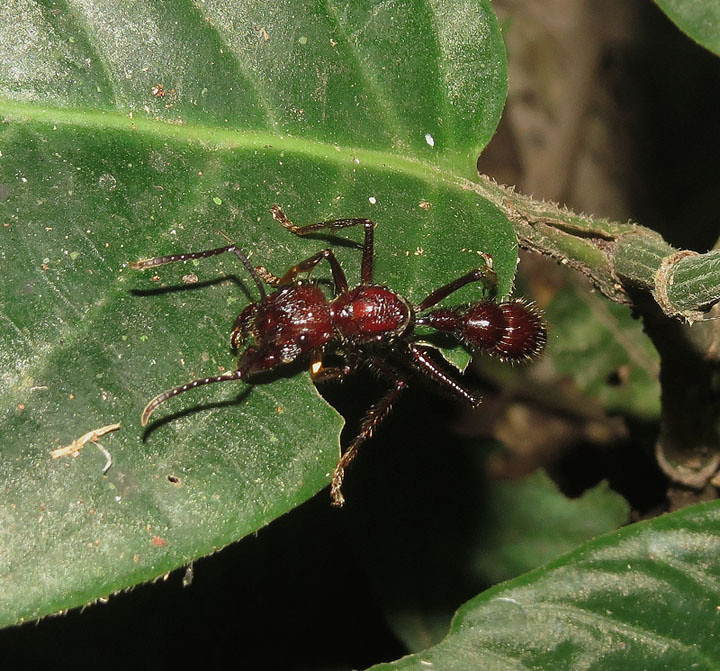
The question of whether insects can suffer has profound ethical implications. While insects lack the neural structures that process pain in mammals, they do possess nociceptors – specialized cells that detect harmful stimuli. When injured, insects exhibit protective behaviors and can learn to avoid situations that caused them harm.
Studies have shown that insects treated with analgesics (pain relievers) recover more quickly from injuries, suggesting they experience something analogous to pain. This raises uncomfortable questions about how we treat these tiny creatures in research and everyday life.
The Role of Emotions in Insect Behavior
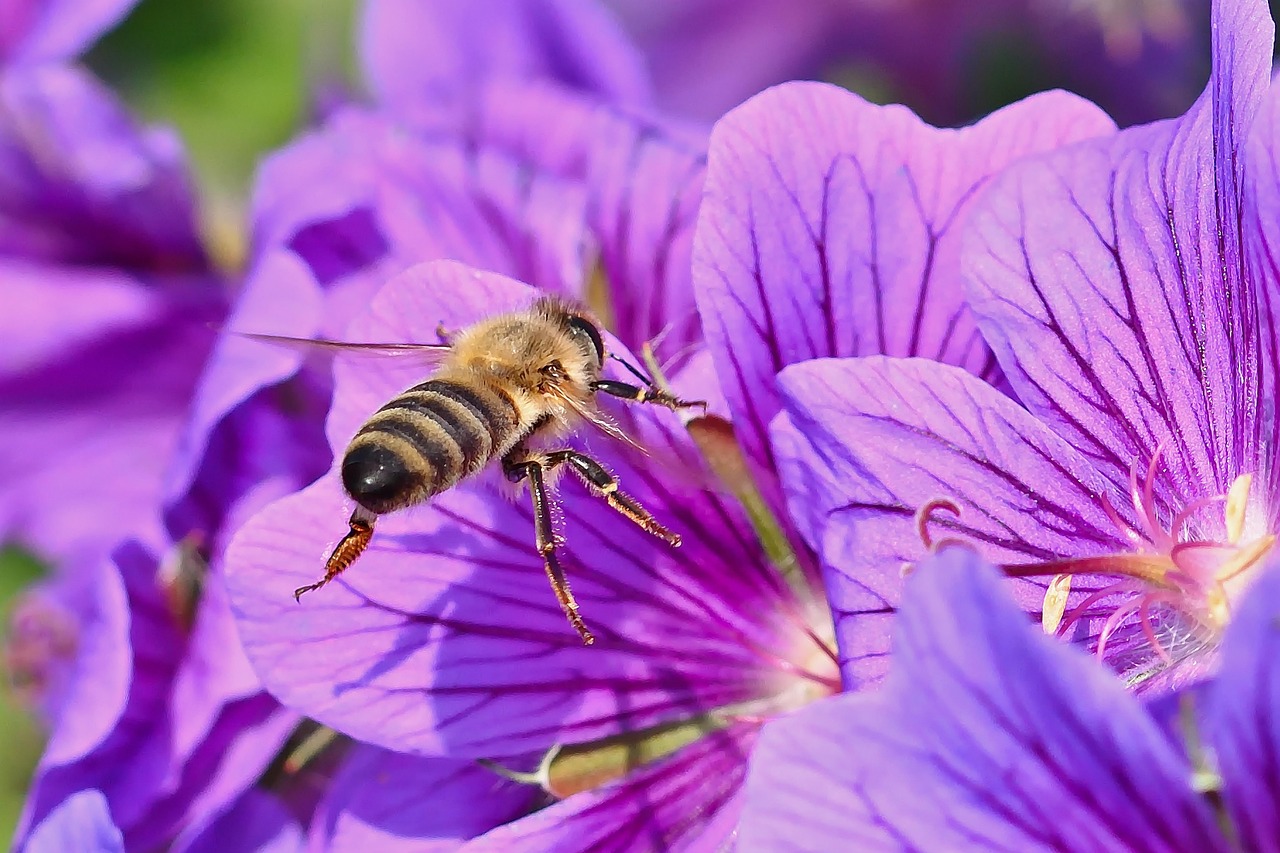
Emotions might seem like a uniquely human experience, but insects display behaviors that suggest they experience something similar. Bees can be trained to associate certain stimuli with rewards or punishments, and they show what appears to be optimism or pessimism based on their recent experiences.
When bees encounter unexpected rewards, they exhibit increased motivation and what researchers describe as “positive emotional states.” Conversely, bees that have experienced setbacks show decreased motivation and more cautious behavior – patterns that mirror emotional responses in higher animals.
Memory and Learning Across Species
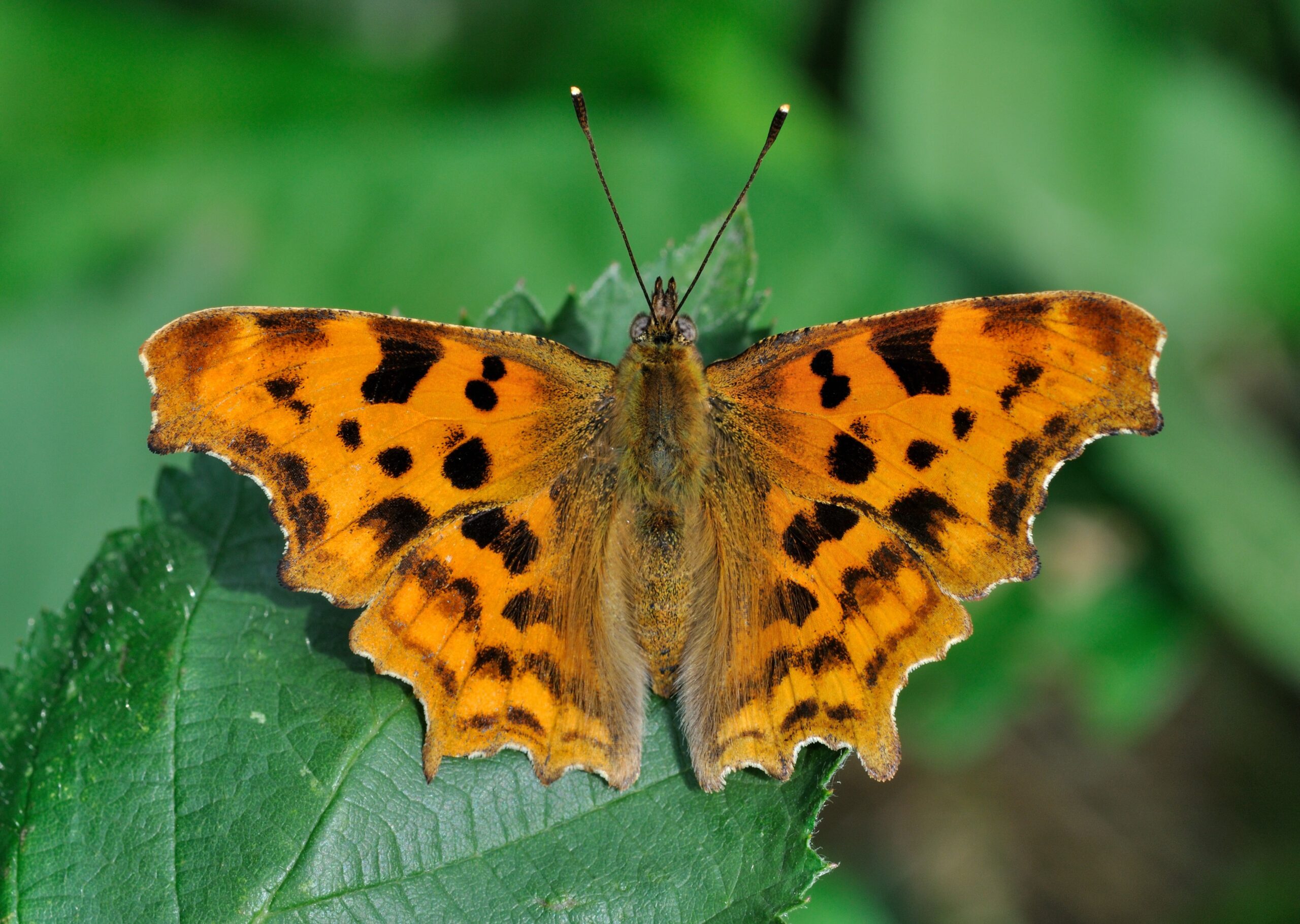
The ability to form memories and learn from experience is considered a cornerstone of consciousness. Insects excel in this area, with some species showing memory capabilities that rival those of much larger animals. Bees can remember the locations of hundreds of flowers, while ants can navigate complex mazes using landmark-based memory.
Some insects can even form episodic-like memories – recollections of specific events that occurred at particular times and places. This type of memory was once thought to be unique to humans and a few other mammals, but insects are rewriting the rules of cognition.
Social Consciousness and Communication
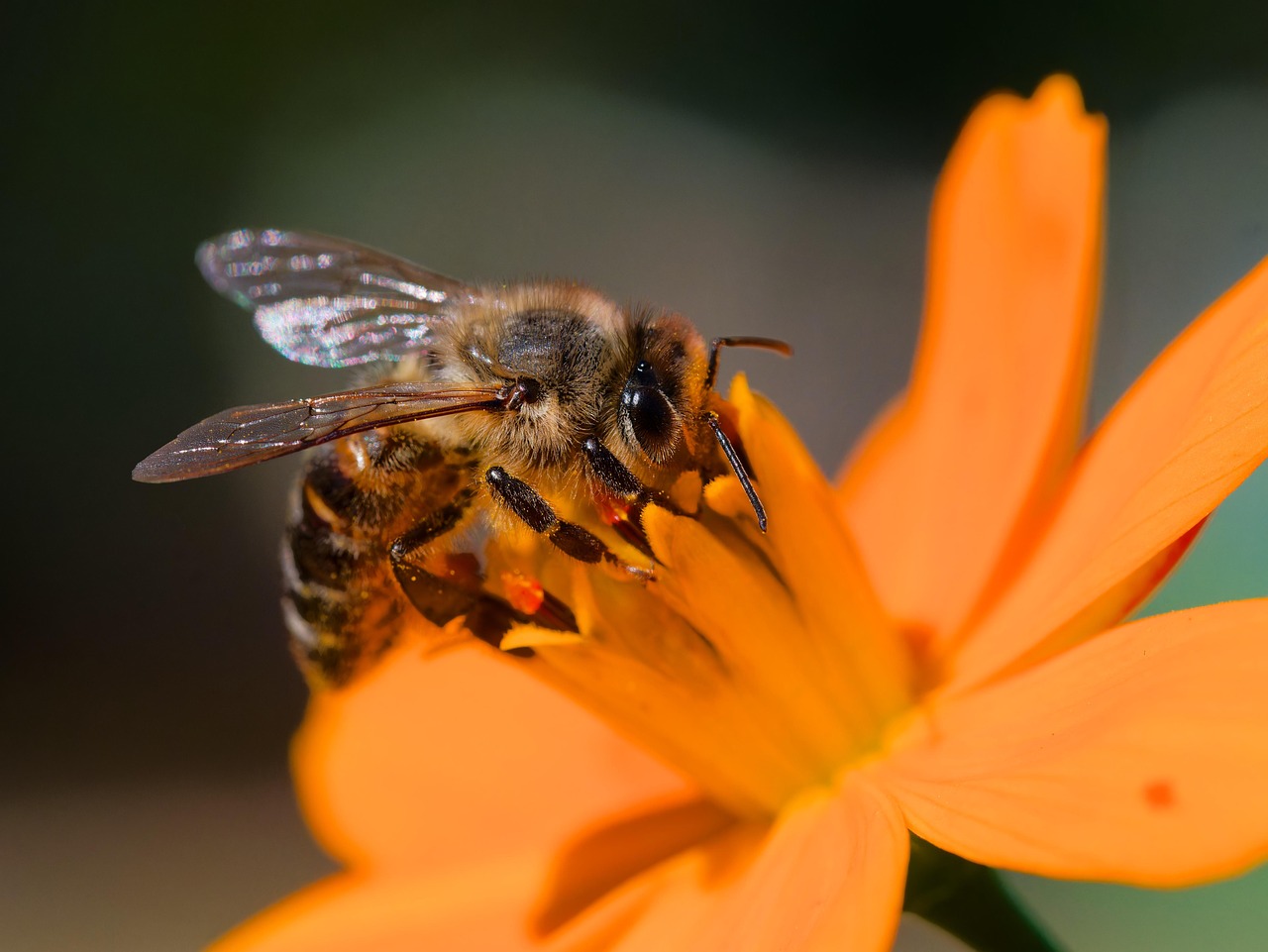
The famous waggle dance of honeybees represents one of the most sophisticated forms of non-human communication known to science. Bees can convey precise information about distance, direction, and quality of food sources to their hive mates. This isn’t just instinctive behavior – bees adjust their dances based on their audience and the urgency of the information.
Social insects like ants and termites also demonstrate forms of collective decision-making that suggest awareness of group dynamics. They can assess the quality of potential nest sites, weigh different options, and reach consensus through sophisticated communication networks.
The Evolutionary Perspective on Consciousness
From an evolutionary standpoint, consciousness likely emerged as a solution to complex environmental challenges. Insects face many of the same problems that drove the evolution of consciousness in other animals – navigating complex environments, finding food, avoiding predators, and reproducing successfully.
The fact that insects evolved neural mechanisms for learning, memory, and behavioral flexibility suggests that some form of consciousness provides adaptive advantages. This convergent evolution of consciousness-like traits across vastly different lineages hints at its fundamental importance for survival.
Modern Research Methods and Surprising Discoveries
Today’s researchers use increasingly sophisticated techniques to probe insect consciousness. High-resolution brain imaging reveals real-time neural activity in living insects, while behavioral experiments test for self-awareness and metacognition. Virtual reality systems allow scientists to create controlled environments where insect behavior can be precisely measured.
These modern methods have revealed that insects possess cognitive abilities once thought impossible for such small brains. From planning and decision-making to emotional states and social learning, insects continue to surprise researchers with their mental sophistication.
The Ethical Implications of Insect Consciousness
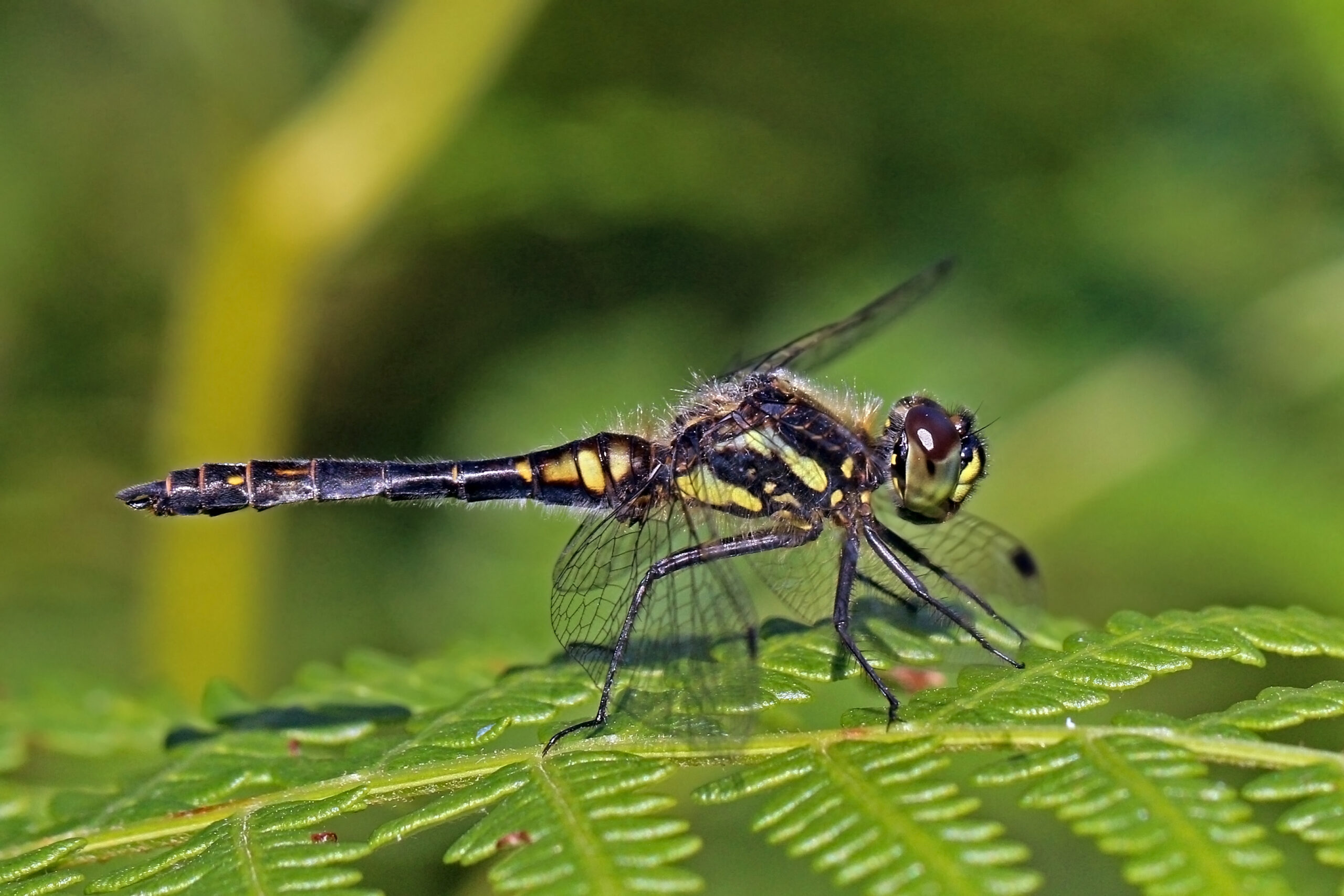
If insects are indeed conscious, it fundamentally changes how we should treat them. This has implications for everything from pest control to scientific research. Some countries have already begun extending animal welfare protections to certain invertebrates, recognizing that size doesn’t necessarily correlate with the capacity for suffering.
The question isn’t whether insects are conscious in exactly the same way humans are, but whether they possess their own unique form of awareness that deserves moral consideration. As our understanding grows, we may need to reconsider our relationship with these tiny but remarkable creatures.
The evidence suggests that consciousness isn’t an exclusive club for large-brained animals. From the strategic planning of jumping spiders to the emotional states of bees, insects appear to possess forms of awareness that are both alien and familiar. While we may never fully understand what it’s like to be a bee or an ant, the growing body of research suggests that there’s definitely someone home in those tiny minds. The next time you encounter an insect, you might find yourself wondering – who’s really observing whom?

